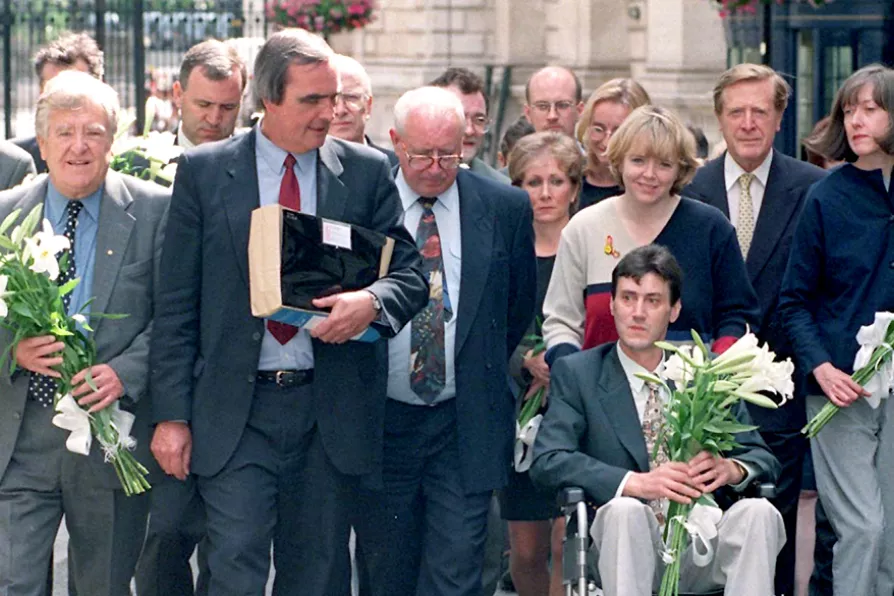Labour’s persistent failure to address its electorate’s salient concerns is behind the protest vote, asserts DIANE ABBOTT

 HISTORIC REDRESS: A delegation of Haemophilia Society in Downing Street on July 22 1998, delivering a petition to the prime minister Tony Blair calling on the government to accept moral responsibilty and compensate those infected by contaminated blood products - the 90 lilies represent those who have died from Hepatitis C contracted from NHS blood transfusions
HISTORIC REDRESS: A delegation of Haemophilia Society in Downing Street on July 22 1998, delivering a petition to the prime minister Tony Blair calling on the government to accept moral responsibilty and compensate those infected by contaminated blood products - the 90 lilies represent those who have died from Hepatitis C contracted from NHS blood transfusions
THIS week, people who were given contaminated blood while schoolchildren in the 1970s and ’80s have been giving evidence at a public inquiry. They were sufferers of haemophilia and were pupils at Treolar’s College, which had an NHS treatment centre to provide them with specialist care. As part of that care, many were infected with viral hepatitis or HIV, and died.
In a response to injury in somebody without haemophilia, an intricate set of protein reactions are set off within the blood. Proteins that normally circulate in blood freely bond together to change the consistency and stop the bleeding, producing a clot. There are several important proteins or “factors” involved in the clotting.
Haemophilia is a genetic condition, people with haemophilia A have mutations in the gene which encodes the sequence of the clotting protein called “Factor VIII.” This means that their blood contains only very low levels of functioning Factor VIII.
There are different mutations that lead to different magnitudes of deficiency, ranging from near-total elimination of production of the protein to merely decreased amounts. Reduced clotting in the blood is dangerous since it means more frequent and prolonged bleeding, both externally and also internally.












